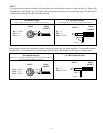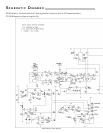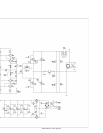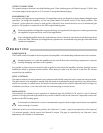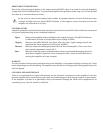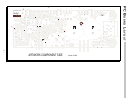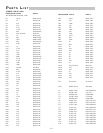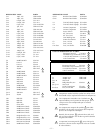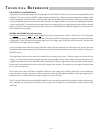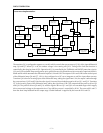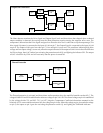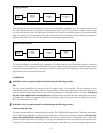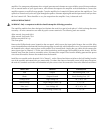
T ECHNICAL REFERENCE
FIELD SERVICE CONSIDERATIONS
A primary focus during the design and development of the P1500 and P3000 was to ensure the dependability of the
amplifiers. The use of lateral MOSFET output transistors and the low voltage trans•
nova
input stage combined with
careful component selection for the circuit assembly made the reliability goals achievable. However, a parallel effort
was also underaken to make sure any down time caused by an amplifier fault was minimized by making the amplifiers
“technician friendly.” The modular construction allows for exchanging the entire operational portion of either channel
quickly and easily. This section of the manual also contains circuit descriptions and block diagrams to assist technicians
with component level repairs.
THEORY AND OPERATION OF trans•
nova
The (TRANSconductance NOdal Voltage Amplifier) principle is based on our 1984 U.S. Patent 4,467,288. This patent
describes the advantages of audio power amplifiers in which a MOSFET output stage is connected in a grounded source
configuration. In this connection the output stage has its full voltage gain of typically 20dB (ten times), instead of the
usual 1dB loss of voltage follower designs.
It is an inevitable result of electrical physics that this output with gain inherently increases the power gain (for the same
bandwidth) of the output stage by typically ten times over the conventional follower connection, using exactly the same
MOSFET devices.
The output stage is thus now ten times less wasteful of its incoming drive power. The driver stage can now be of a low
voltage (±18 volts) nature and be designed along the same principles always used in high quality preamplifiers: Class
A operation, high linearity, and wide bandwidth. A topology utilizing an output stage with gain yields a much simpler,
shorter total signal path than that of the usual high voltage driver designs. The number of serial stages is reduced from
five or more, to only three.
But all of the above does not make an amplifier trans•
nova
. The output stage is further refined into a trans-impedance
stage (current-to-voltage converter), to achieve extremely short loop (fast) negative feedback. The output stage is driven
cooperatively by a transconductance stage (voltage-to-current converter).
The P1500 and P3000 are the most affordable amplifiers we have yet developed utilizing the basic trans•
nova
principle.
And, although the measured specifications are very good, the numbers do not describe the realistic sound of the
amplifiers.
– 12 –



